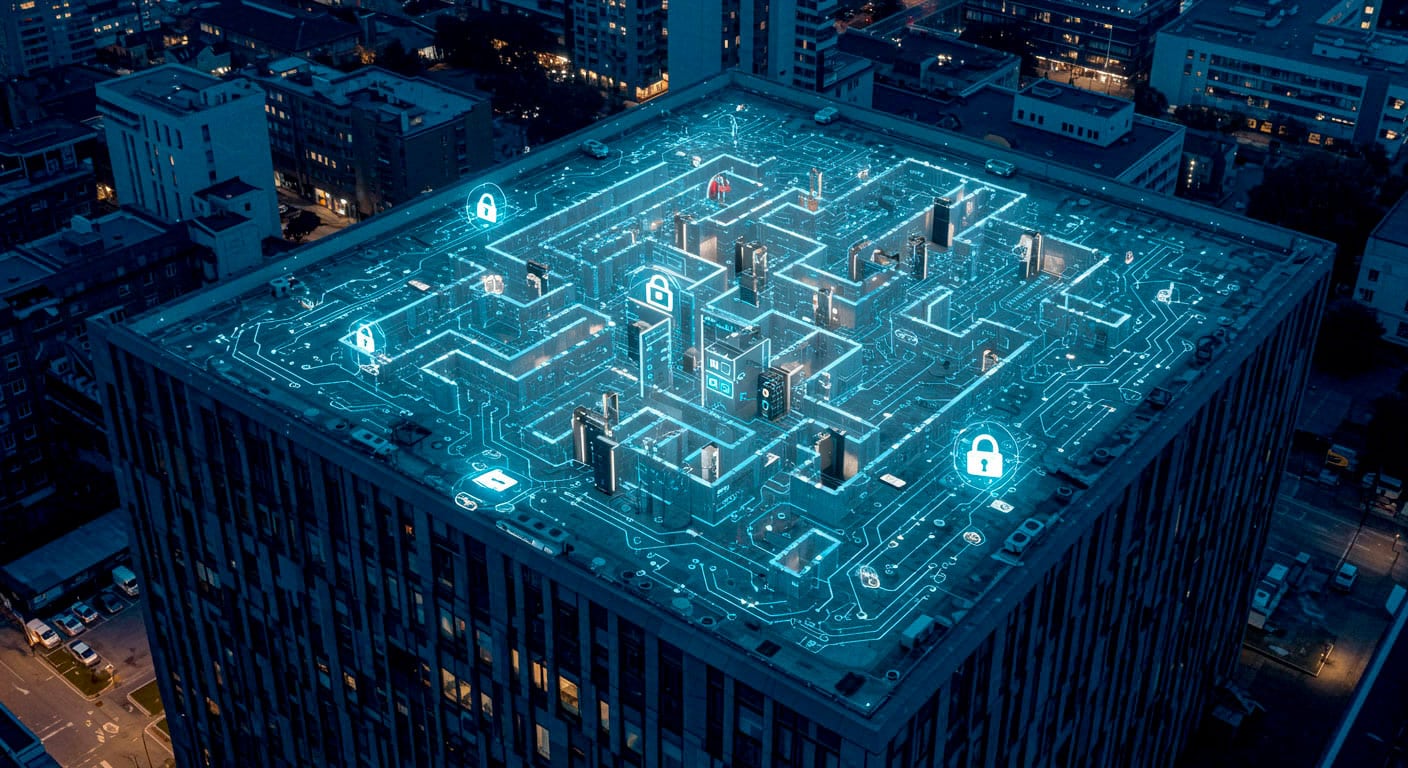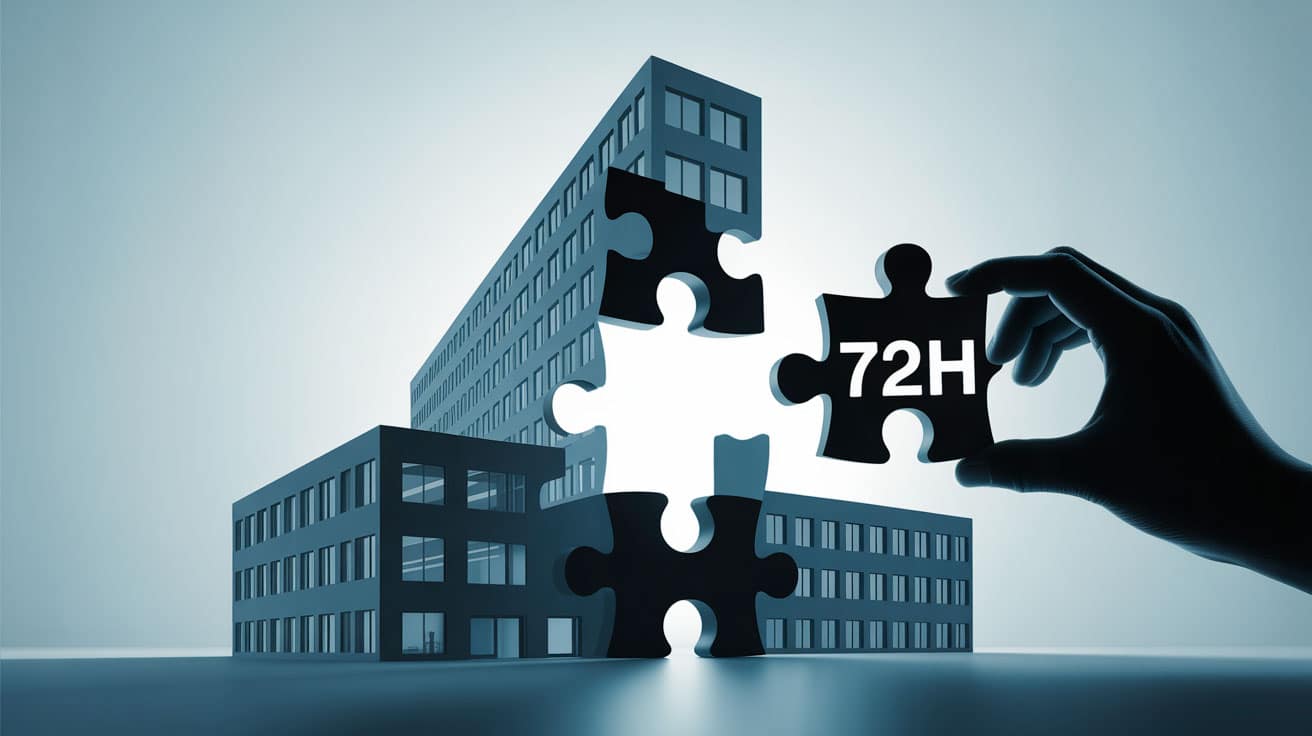How to Prepare for Extreme Events and Improbable Scenarios
Corporate physical security can no longer be limited to preventing theft, intrusion or intentional damage. In a world characterized by extreme weather events, geopolitical tensions, blackouts, hybrid attacks, and unexpected supply chain disruptions, the need to think in terms of critical infrastructure resilience is growing.
The goal is no longer just to prevent something from happening, but to be ready to respond, adapt and restore operations quickly, even in the face of unpredictable scenarios or high-intensity events.
In this article we will look at what resilience applied to physical security is, what elements it must include, and how a proactive approach can turn security into a strategic advantage for the entire organization.
What does “resilience” mean in the context of physical security
The concept of resilience goes beyond prevention. It means ensuring that the organization can continue to function, even if hit by an extreme event, and is able to recover quickly and without permanent structural damage.
In the context of physical security, this translates into:
- Continuity of service during emergencies
- Rapid restoration of damaged infrastructure
- Redundancy and diversification of protection systems
- Ability to operate even under compromised conditions
- Adaptability to non-standard scenarios
New threats to consider
Those involved in physical security today must take into account a new type of threats, which are often systemic or highly unpredictable:
- Extreme weather events(floods, fires, sudden frost)
- Blackouts and prolonged power outages
- Hybrid attacks(combination of physical and digital)
- Blockages in supplies or transportation
- Protests, occupations or social tensionsnear company sites
- Pandemics or prolonged health emergencies
These events, while less frequent than theft or unauthorized access, can have a much broader impact, compromising the company’s entire production and decision-making capacity.
Key elements for building a physical resilience strategy
- Extended risk analysis and vulnerability mapping
It is not enough to analyze traditional risks. What is needed is an expanded assessment that also considers the external environment, energy dependencies, infrastructural fragilities, and operational failure points.
- Redundancy of critical systems
Every physical system must have at least one form of back-up or a functioning alternative in the event of a lockdown. This applies to access, power supply, video surveillance, but also to internal and external communications.
- Integrated and updated emergency procedures
Resilience requires operating procedures that are ready for extreme scenarios, tested regularly and shared with all staff. Static plans are not enough: the ability to adapt quickly is needed.
- Collaboration with suppliers and partners
A true resilience strategy extends beyond the corporate perimeter. It is critical that strategic partners (security, facilities, logistics, cybersecurity) are also aligned on common protocols and able to take coordinated action.
- Continuing education and real-world simulations
Personnel are an integral part of resilience. They need to be trained to know how to deal with exceptional events, and involved in simulations that go beyond fire tests.
From protection to resilience: a necessary mindset change
The most prepared companies are not the ones that avoid every incident, but the ones that resist best when the problem arises. Resilience is not built the day after a critical event: it is planned beforehand, in detail.
A physical security strategy that integrates resilience principles is a competitive asset today. It makes it possible to protect reputation, customers, employees and the very value of the company, even in the most complex and unexpected situations.
Conclusion
Investing in critical infrastructure resilience means moving beyond the logic of reaction alone to building a more robust, ready and adaptable organization. Physical security, when designed with this vision, becomes much more than a barrier: it becomes a dynamic protective network, capable of absorbing shocks and ensuring continuity.
In an increasingly uncertain world, the question is not whether a critical event will come, but when. The real difference will be made by those who are prepared for it.



